WHAT TO SEE IN MILAN: TOP 12 PLACES TO VISIT & PHOTOGRAPH
ThessalonikiBlog.com goes to Milan... a European metropolis, famous for its rich history, contemporary culture, and lifestyle. Find out what to see in Milan among the top 12 places to visit and photograph during your stay.
Last update: January 22, 2020
Milan is the financial and fashion capital of Italy, an innovative contemporary city and, at the same time, a place full of history and culture. The area of Greater Milan is the largest metropolitan area in Italy in terms of population, and its economy comes third in the European Union after those of Paris and Madrid. As a travel destination, Milan is second in numbers of visitors among the cities of the country following Rome.
The Milan Fashion Week (held twice a year – usually in February and September) and the Milan Design Week (or “Salone del Mobile” – held in April) are two of the most influential events in the world regarding their field, while the shopping areas and the many monuments and museums of Milan remain the main attractions of the city throughout the year. The imposing Milan Cathedral is one of the largest churches in the world and La Scala one of the most renowned opera houses.
The founding of the city of Milan, known in the past as Mediolanum, goes as far back as 600 BC. From 286 until 402 AD, Milan served as the capital of the Roman Empire and after the Middle Ages it became an important center of the Italian Renaissance under the rule of the House of Sforza (1450-1535 AD). Leonardo Da Vinci lived and worked here from 1482 until 1499.
On the contemporary side of Milan, the areas that stand out are the recently redeveloped districts of Porta Nuova and CityLife, both comprising high-rise office buildings, green public spaces, and state-of-the-art residential and commercial complexes. The two districts, together with new unique projects dedicated to art and culture, such as Fondazione Prada, have transformed Milan into an even more exciting city shaped by star-architects like Rem Koolhaas, Stefano Boeri, César Pelli, Zaha Hadid, Daniel Libeskind, and Arata Isozaki.
1) Milan Cathedral (Duomo Di Milano)
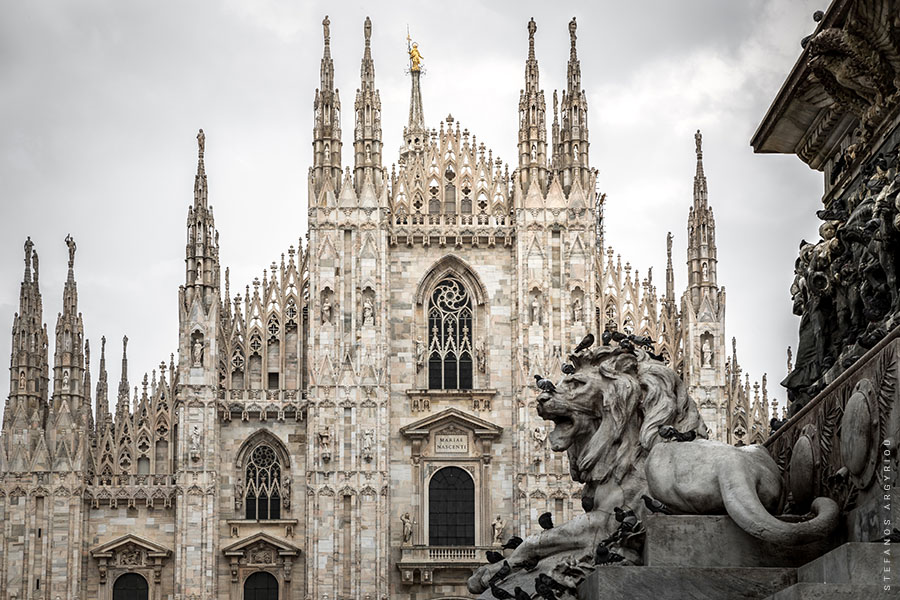
Milan Cathedral is the largest church in Italy and one of the largest in the world after St Peter’s Basilica (Vatican), Aparecida Basilica (Brazil) and Seville Cathedral (Spain). It is located in the heart of Milan, and it is the symbol of the city. The cathedral is dedicated to the Nativity of Mary and it is a unique combination of Gothic architecture with Romanesque elements. It is said that it has more sculptures than any other building in the world (according to the official website of Duomo it has approximately 3,400 statues, and 700 figures).
The construction of the cathedral began in 1386, during the rule of Gian Galeazzo Visconti, and it was officially completed after almost six centuries, in 1965. Remarkably, its famous façade had not been completed until after the beginning of the 19th century. In 1805, Napoleon Bonaparte, who was about to be crowned King of Italy, ordered the completion of the west face of the cathedral that was finished seven years later.
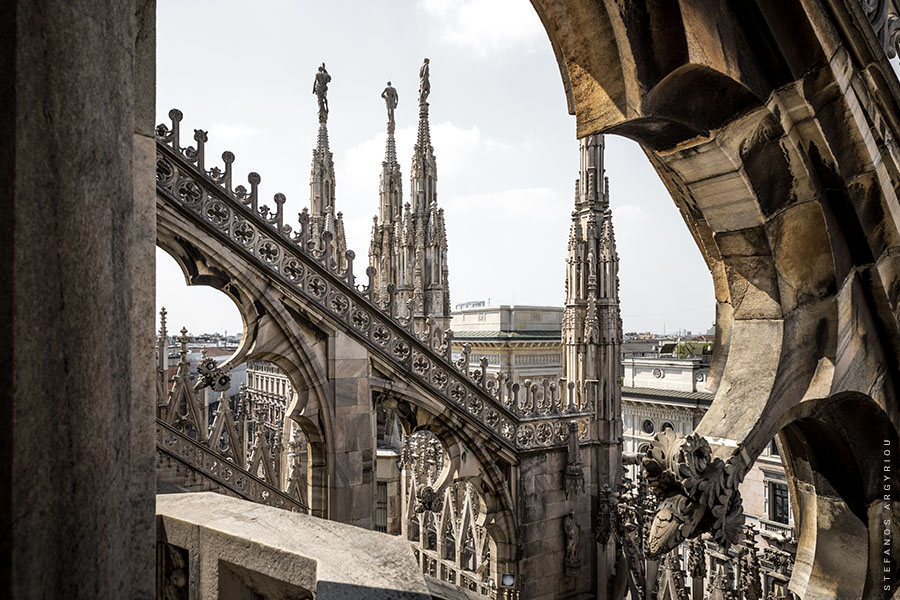
The imposing roof of the cathedral is shaped with several spires topped with marble statues. On the tallest spire (at 108.5m), there is the Madonnina, a gilded statue of the Virgin created in 1774. According to tradition, no building in the city could be higher than her. When skyscrapers started to appear in Milan, replicas of the statue were placed on top of them and, in this way, the Madonnina always stands on the highest point of the city.
When the weather allows it, most of the visitors spend most of their time on the rooftop of the cathedral, enjoying the spectacular views over Milan and to the Alps. The rooftop can be accessed by stairs or by an elevator. Inside the cathedral, there is an archaeological area, a baptistery, a crypt, a treasury, and many sculptures and paintings. Unless you are going to attend a mass, to access the interior, the rooftop, and all the other areas of the monument you will need a ticket or a pass issued for a prescheduled time-frame of the day. Before entering the cathedral your shoulders and knees should be covered.
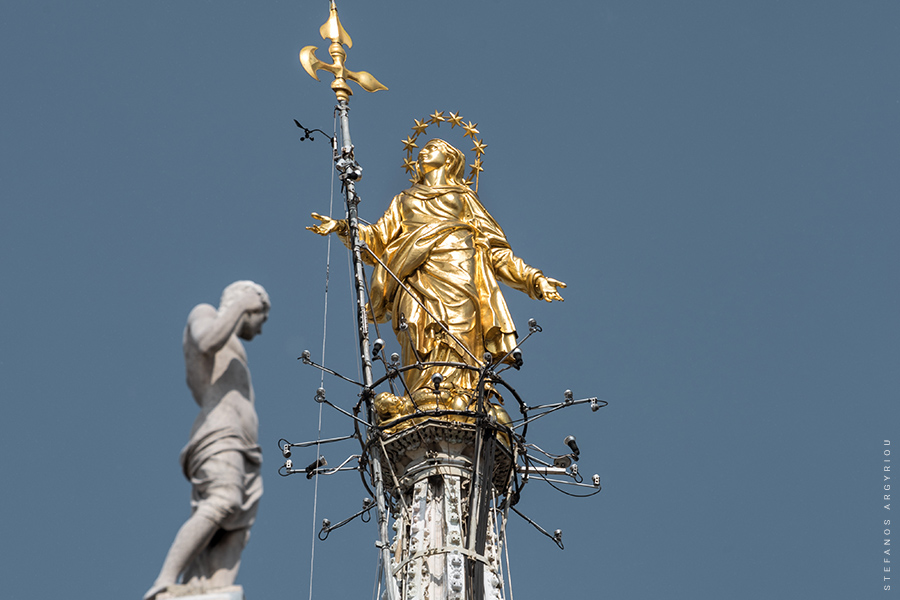
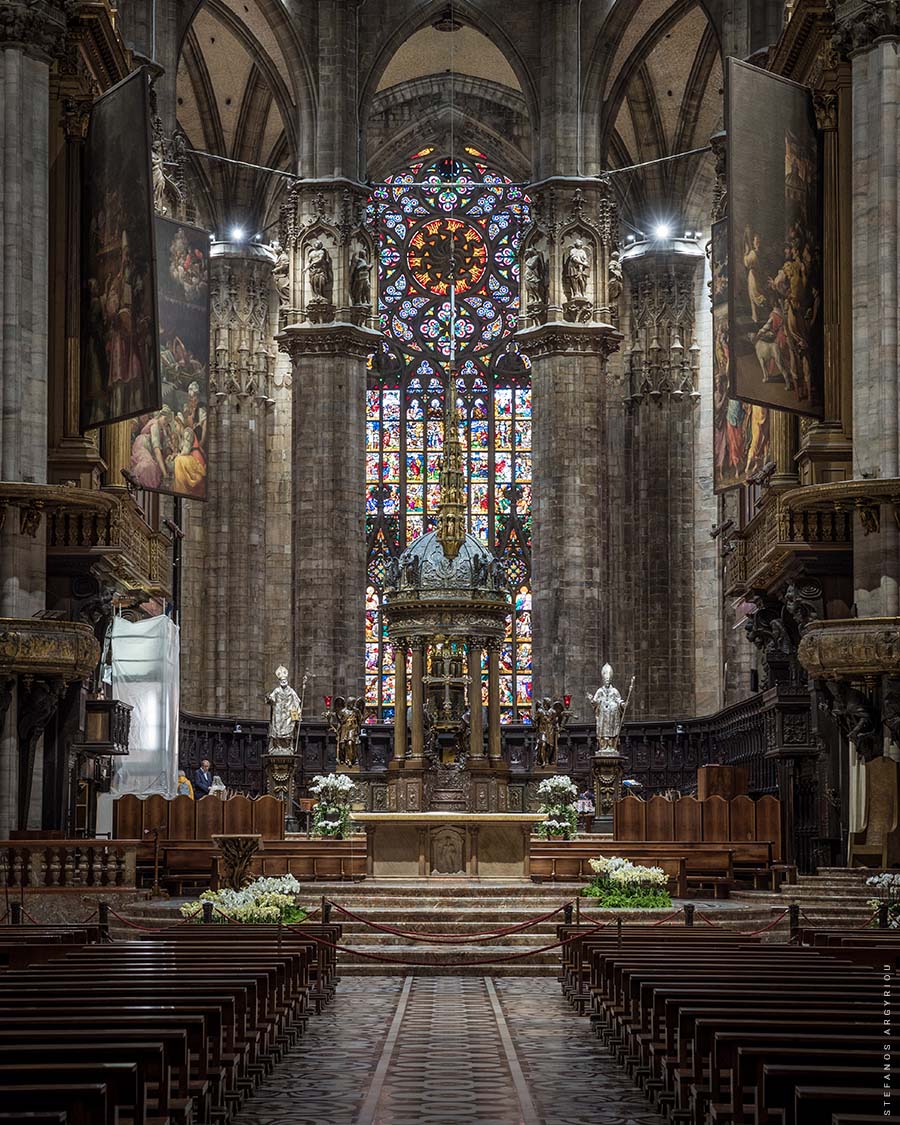
2) Galleria Vittorio Emanuele II
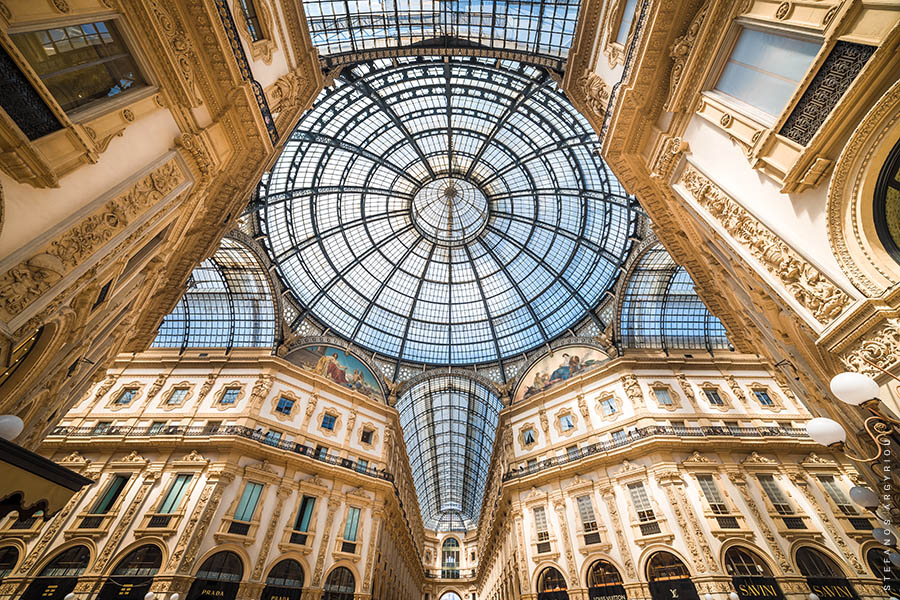
Galleria Vittorio Emanuele II is an elegant shopping arcade, housing some of the most luxurious fashion stores in Milan. It was designed by the architect Giuseppe Mengoni in 1861 and it was built between 1865 and 1877. It is the oldest shopping mall in the country. The Galleria is named after the first king of Italy, Vittorio Emmanuel II, and together with Duomo are the two most important landmarks in Milan.
The entire building complex is organized along two intersecting glass-vaulted arcades that shape a Latin cross. At the center, there is an octagon area covered with a glass-dome. The arcade on the north-to-south axis is about 200m long, connecting Piazza Del Duomo with Piazza Della Scala, while the second arcade is half its length (100m). In the Galleria, besides fashion shops, you can find bookstores, exhibition spaces, restaurants, cafés and more.
The decorations of the Galleria include four impressive wall-paintings around the central dome, several sculptures on the façades of the buildings, and mosaic patterns on the floor of the arcades, including the mosaics of the coats of arms of Turin, Florence, and Rome (the three capitals of the former Kingdom of Italy). There is an odd tradition saying that spinning around yourself, with your heel placed on the genitals of the bull on the Turin’s coat of arms, gives you good luck (a practice, however, that damages the mosaic).
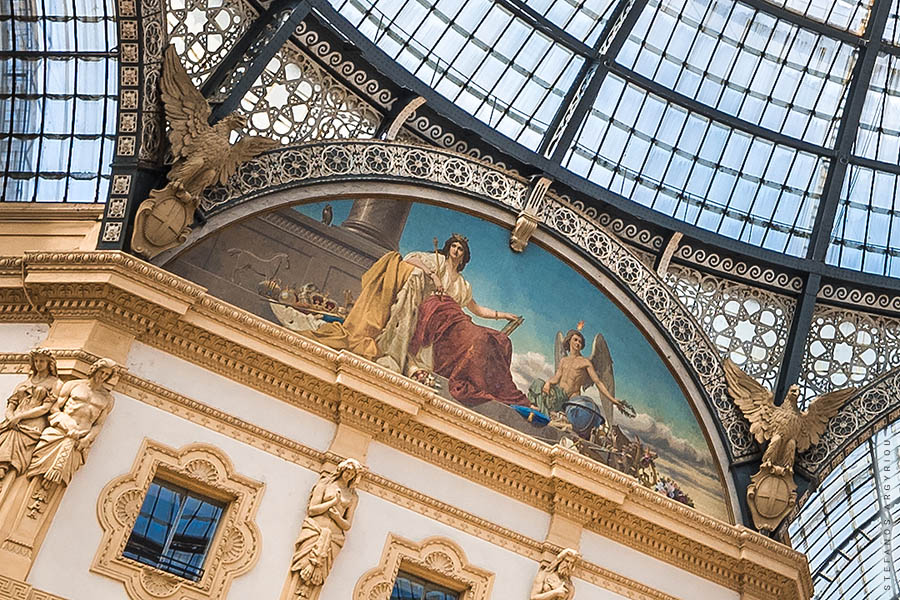
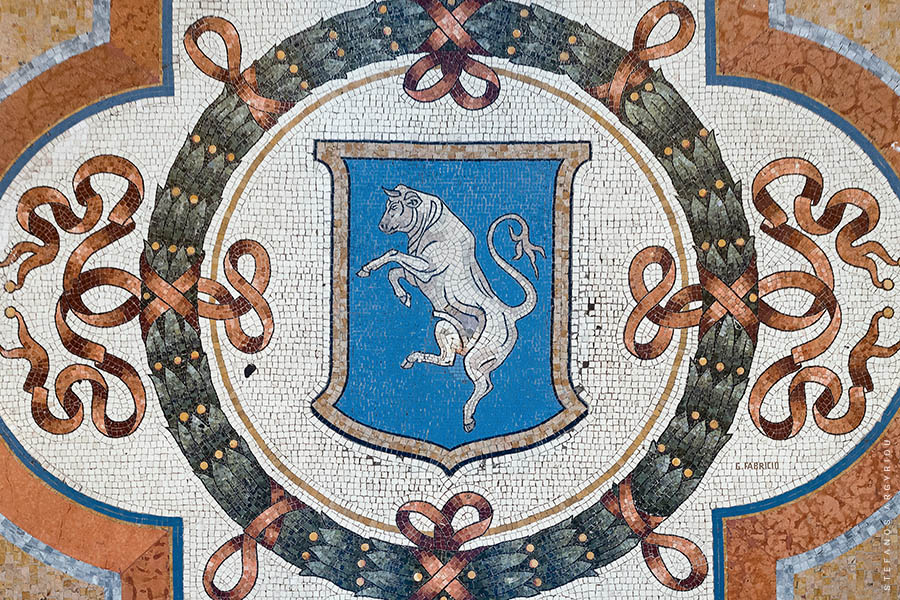
3) The Opera House (La Scala)
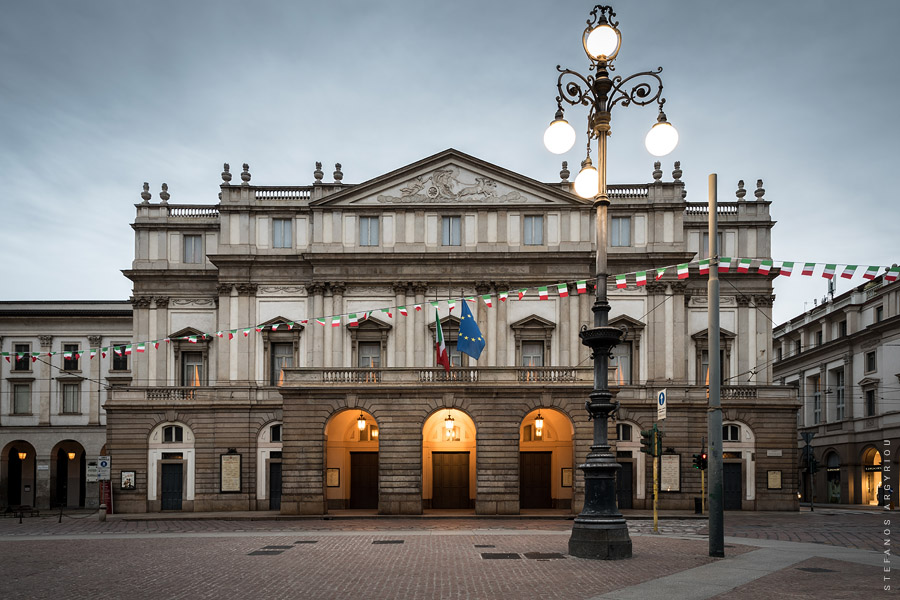
La Scala or “Teatro alla Scala” – as it is officially called – is the opera house of Milan operating since 1778. It was built to replace an older theater that was burnt in 1776 and in the years that followed became one of the most important opera and ballet theatres in the world. Some of the most renowned operas such as “Otello” and “Nabucco” by Giuseppe Verdi, “Norma” by Vincenzo Bellini and “Madame Butterfly” by Giacomo Puccini, were produced here for the first time.
The opera house took its name from the Church of Santa Maria alla Scala that used to stand on the same site. During its early years, it was also housing a casino. Besides the imposing main auditorium, made of wood, red velvet, and golden colored stucco bas-reliefs, the building also houses a museum with many paintings, sculptures, and opera costumes. To visit La Scala you can purchase a ticket for a show or join one of the available guided tours with the advantage to enter more areas of the building like the museum and the boxes of the auditorium.
4) Brera Palace & The Botanical Garden
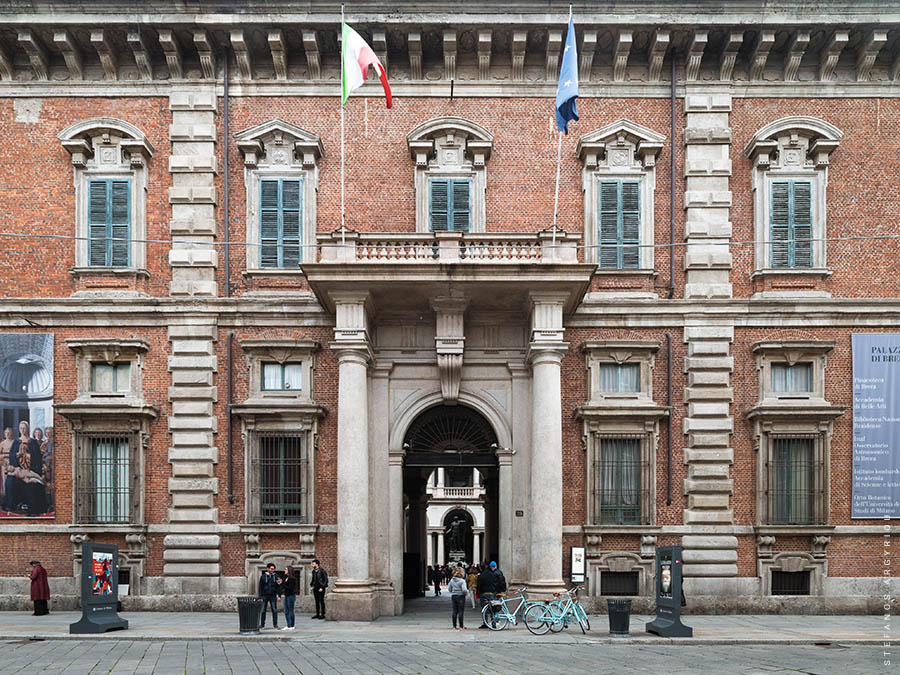
Brera is a central district in Milan located north of La Scala, between the fashion district of the city (Quadrilatero Della Moda) and the Sforza Castle. The main landmark of the area is the namesake palace (Palazzo di Brera) known for its important art gallery (Pinacoteca di Brera) and its botanical garden (Orto Botanico di Brera). The palace also houses a library, an astronomical observatory, a science institute and the Brera Academy of Fine Arts.
The district of Brera is also quite popular for the many restaurants and bars (along some of its picturesque and car-free streets like Via Fiori Chiari or Via Marco Formentini) and its unique, bohemian atmosphere. For all the above and because most of the main attractions of the city are within walking distance, it is considered one of the best areas to stay in Milan (it was our choice as well).
To enter Pinacoteca di Brera you have to purchase a ticket. You can, however, walk around the inner courtyard of the palace and visit the botanical garden for free. On the first floor, close to the entrance of the Pinacoteca, you can also visit the beautifully designed Caffè Fernanda.
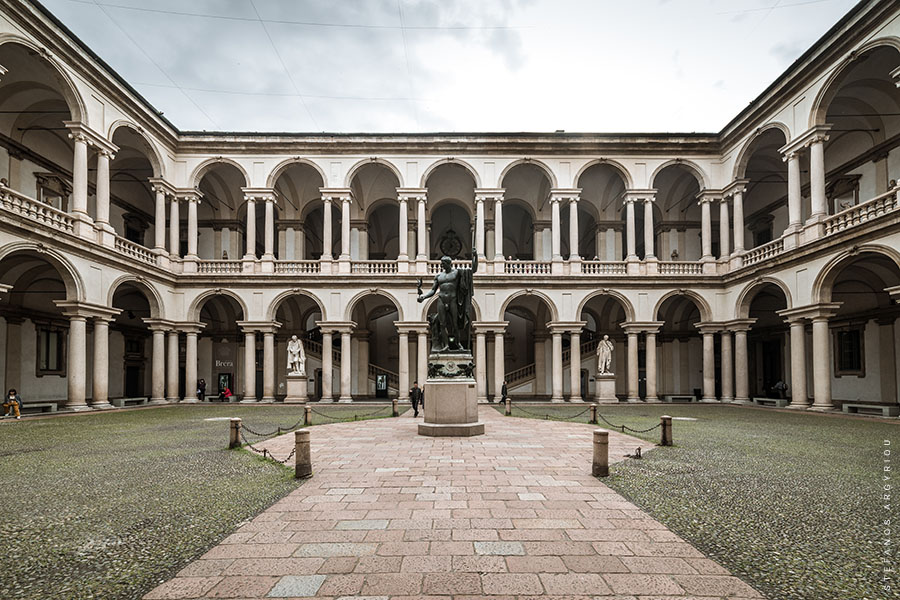
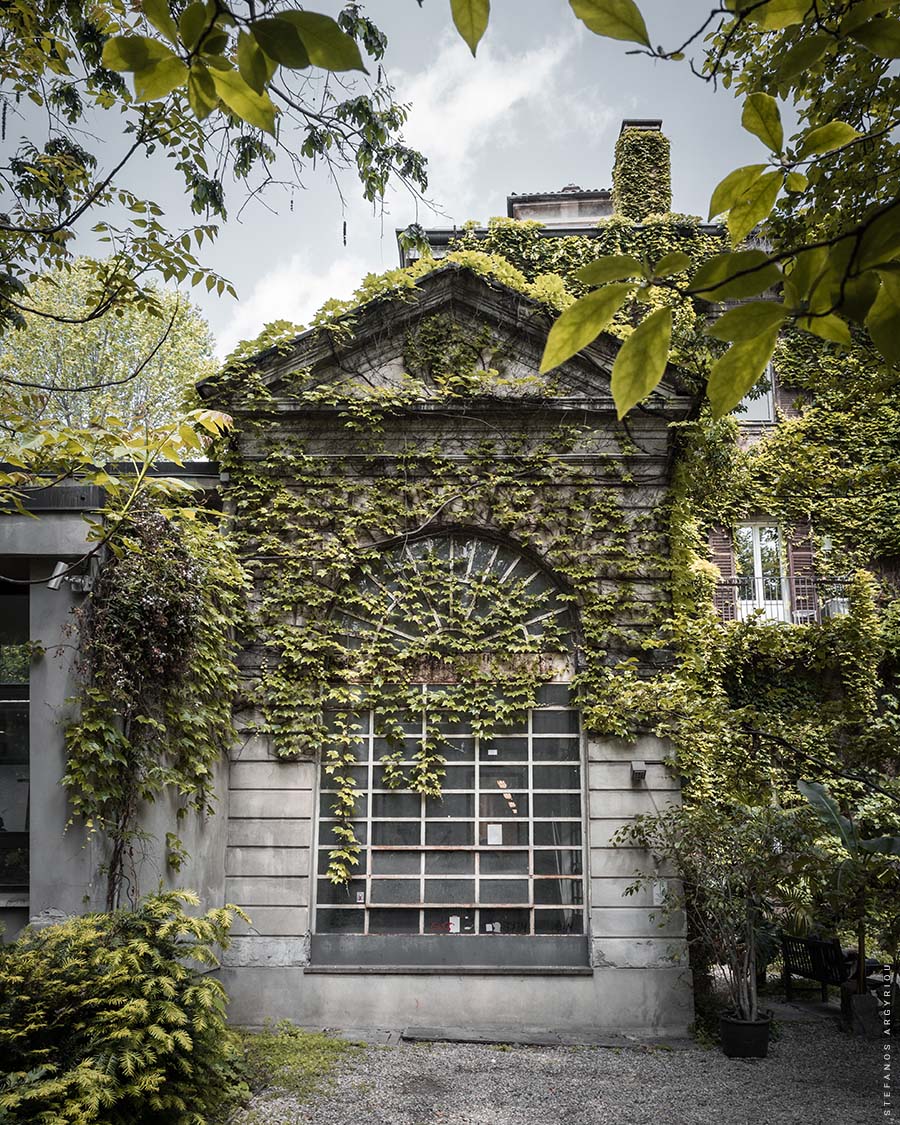
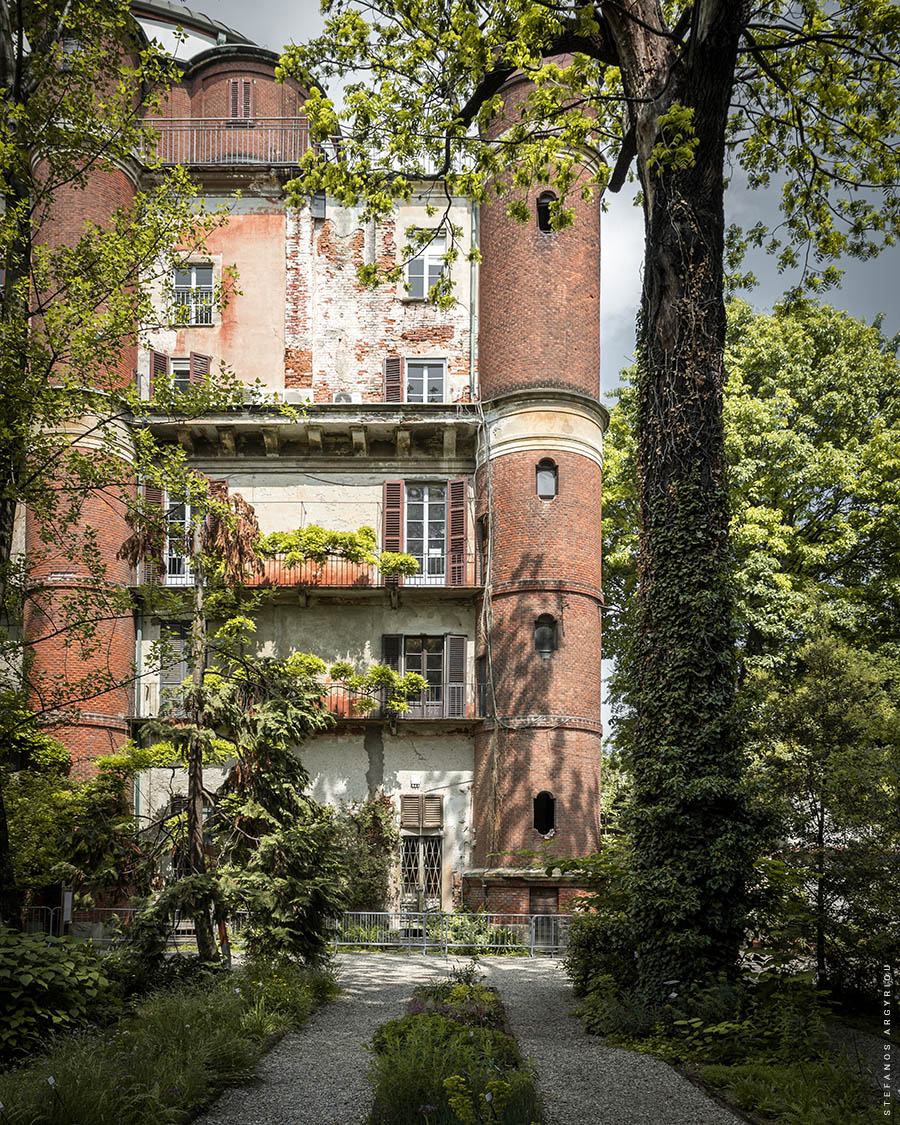
5) Porta Nuova District & Bosco Verticale
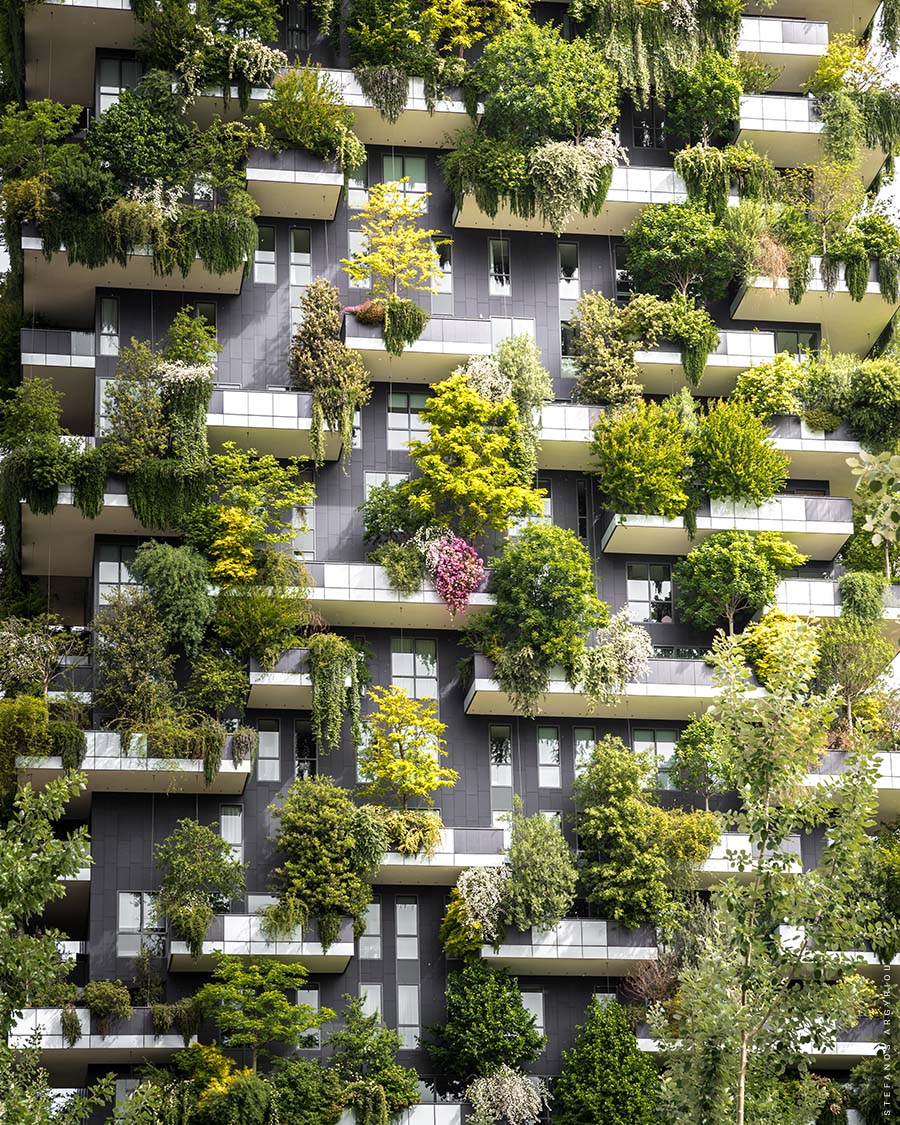
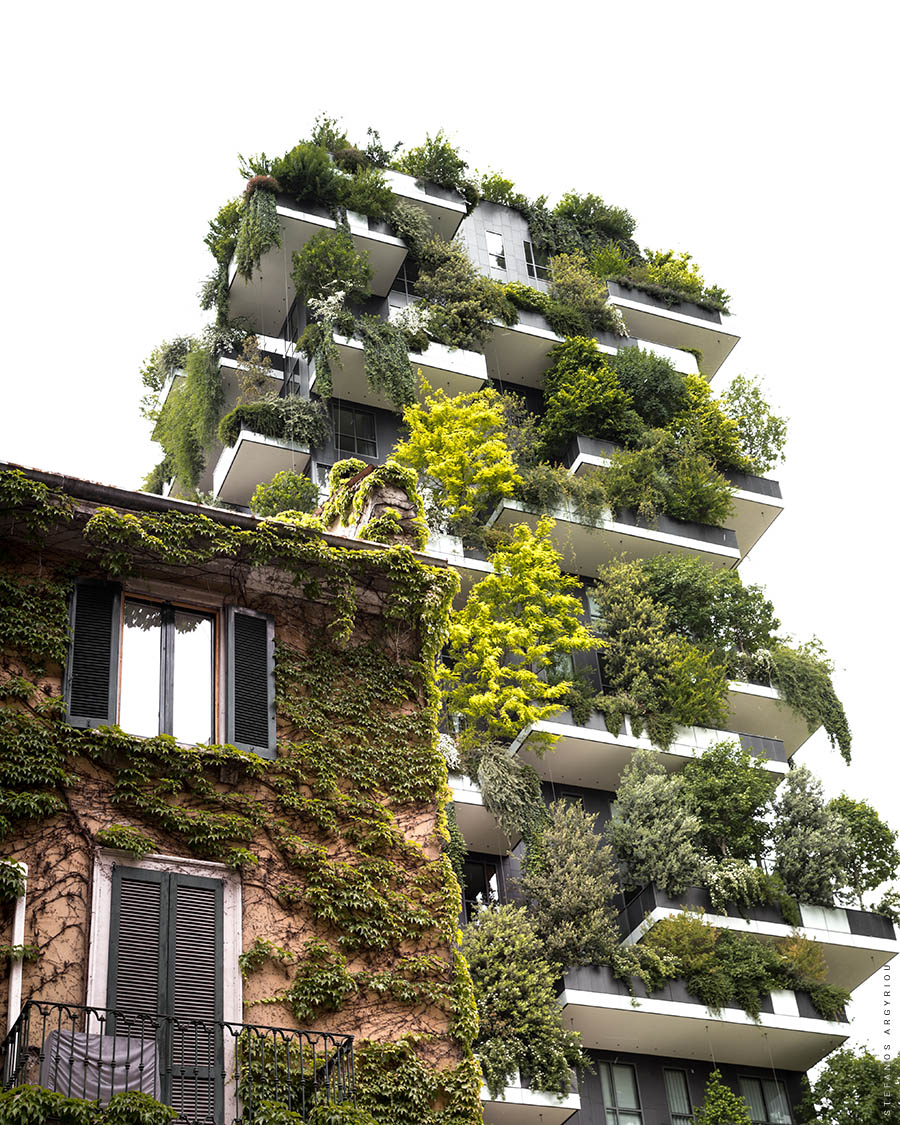
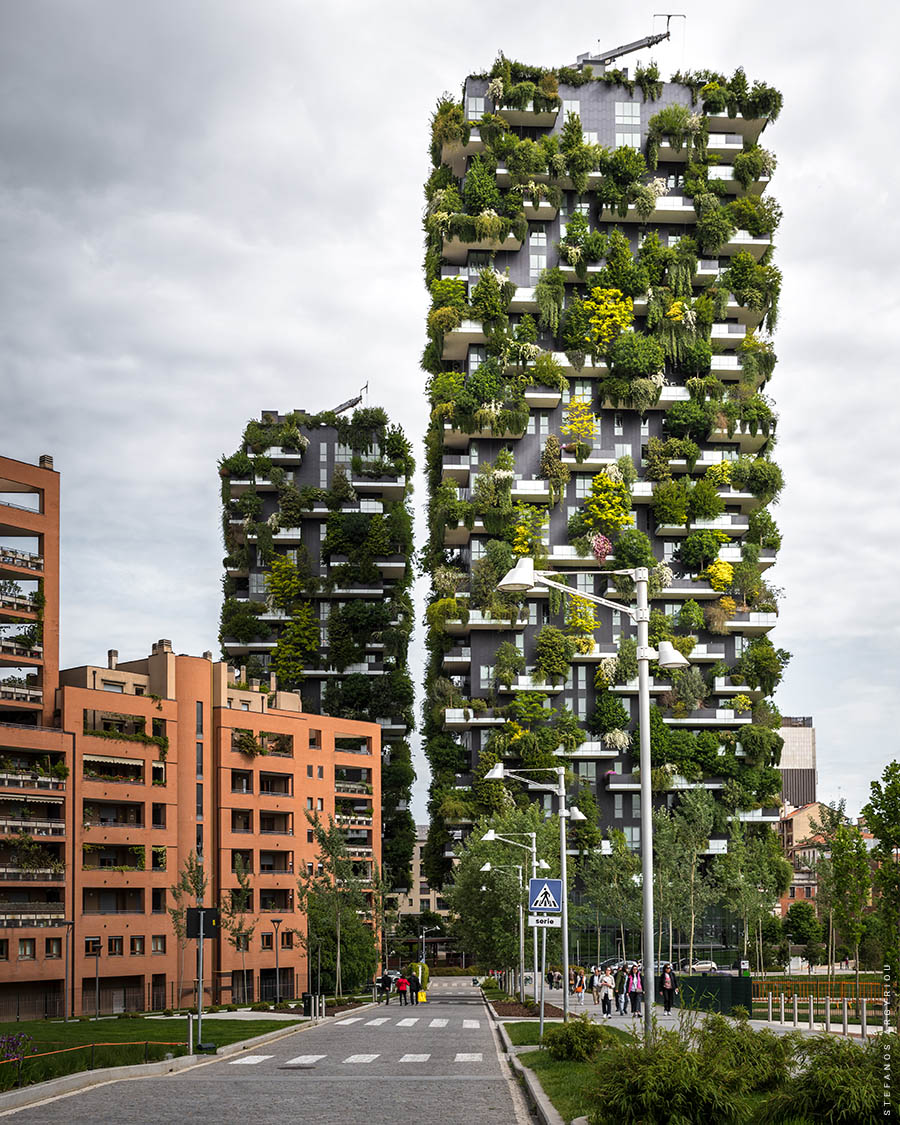
Porta Nuova is a business district in Milan named after an early 19th-century Napoleonic gate that is located south of the site. The project for the redevelopment of the district (a former industrial wasteland) was approved in 2005, and since then, it has reshaped the skyline of Milan with many high-rise buildings such as the Unicredit Tower (the tallest skyscraper in Italy), Palazzo Lombardia, the famous Bosco Verticale, and more. Porta Nuova is one of the most advanced urban areas in the world and the richest business district in Europe.
The iconic Bosco Verticale (literary meaning “the Vertical Forest”), consists of two residential towers covered with 11,000 floral plants, 5,000 shrubs, and 900 trees. The building was designed by Boeri Studio and it was completed in 2014. That same year the building won the International Highrise Award, followed by the Best Tall Building Overall Award the next year. It is one of the most photographed and impressive contemporary buildings in the world.
At the heart of the district, there is the Library of Trees (Biblioteca Degli Alberi), a new type of urban park designed as a contemporary version of a botanical garden with a large collection of 135,000 plants and 500 trees that belong to more than a 100 different species. The project was completed in 2018 and its total area is 100,000 square meters. It was planned by the landscape architect Petra Blaisse and her Amsterdam-based studio Inside Outside.
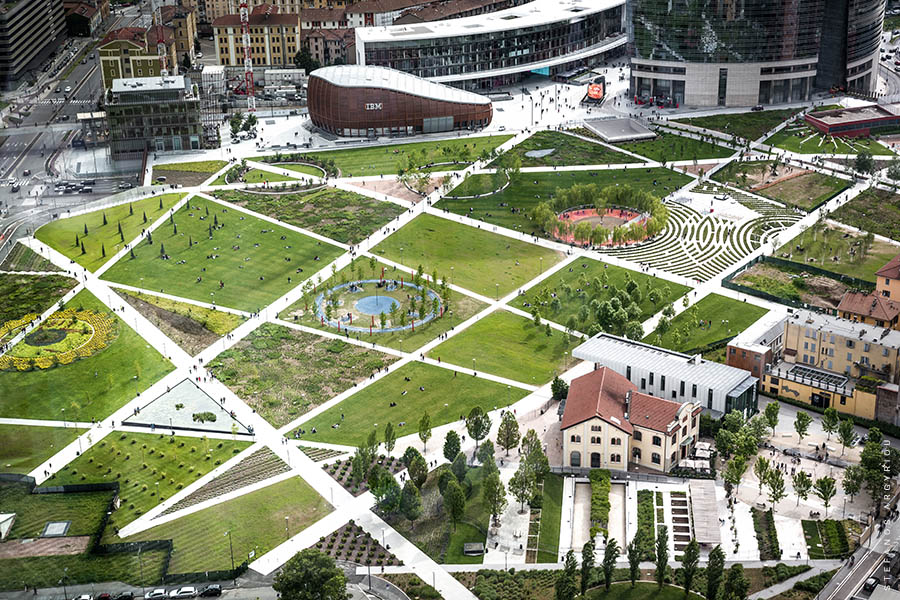
At the north end of the district, there is the building complex of Palazzo Lombardia, housing the Regional Government of Lombardy. It consists of a 43-story, 161m tall skyscraper surrounded by lower, curved-shaped structures and a large covered plaza with an impressive transparent dome (Piazza Citta di Lombardia).
Although its contemporary architecture is quite interesting, the main attraction of Palazzo Lombardia is the observation deck on the 39th floor of the skyscraper from which you can enjoy for free wonderful views to the city and the surrounding area (see the Library of Trees above). Unfortunately, the observation deck is open to the public only once a week (every Sunday from 10:00 to 18:00). The project was designed by the architectural firm Pei Cobb Freed & Partners and it was completed in 2010. In 2012, it won the Best Tall Building In Europe Award.
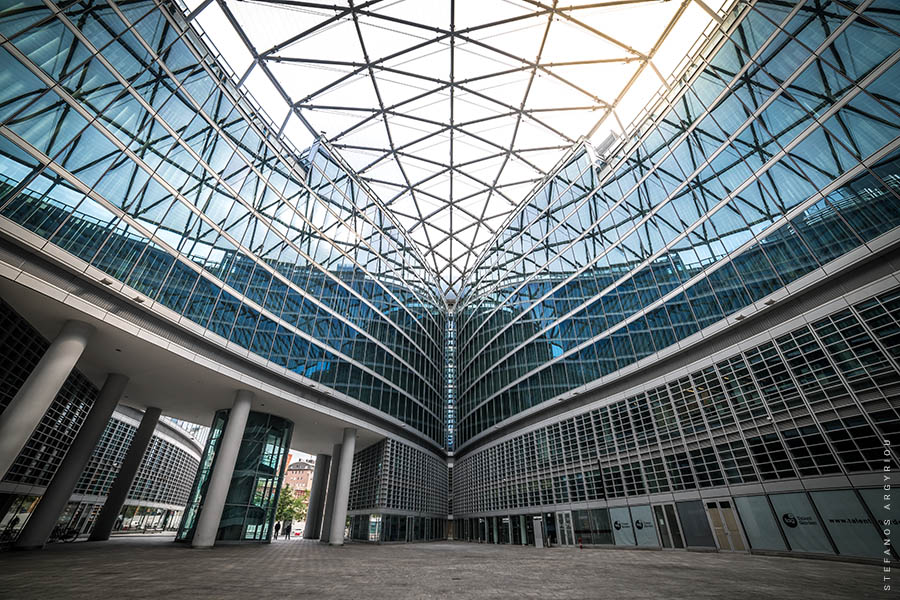
Finally, most of the commercial functions of Porta Nuova, including many large stores, restaurants, and cafes, are gathered in Piazza Gae Aulenti, a circular public space, in the center of the building complex of the Unicredit Tower (designed by the late César Pelli) that was completed in 2011. The height of the tower, including its spire at the top, is 231m. Although it is considered the highest building in Italy, without its spire it only reaches the height of 146m being placed under the Allianz Tower in the CityLife district – Italy’s tallest building by highest usable floor (209 meters divided into 50 floors).
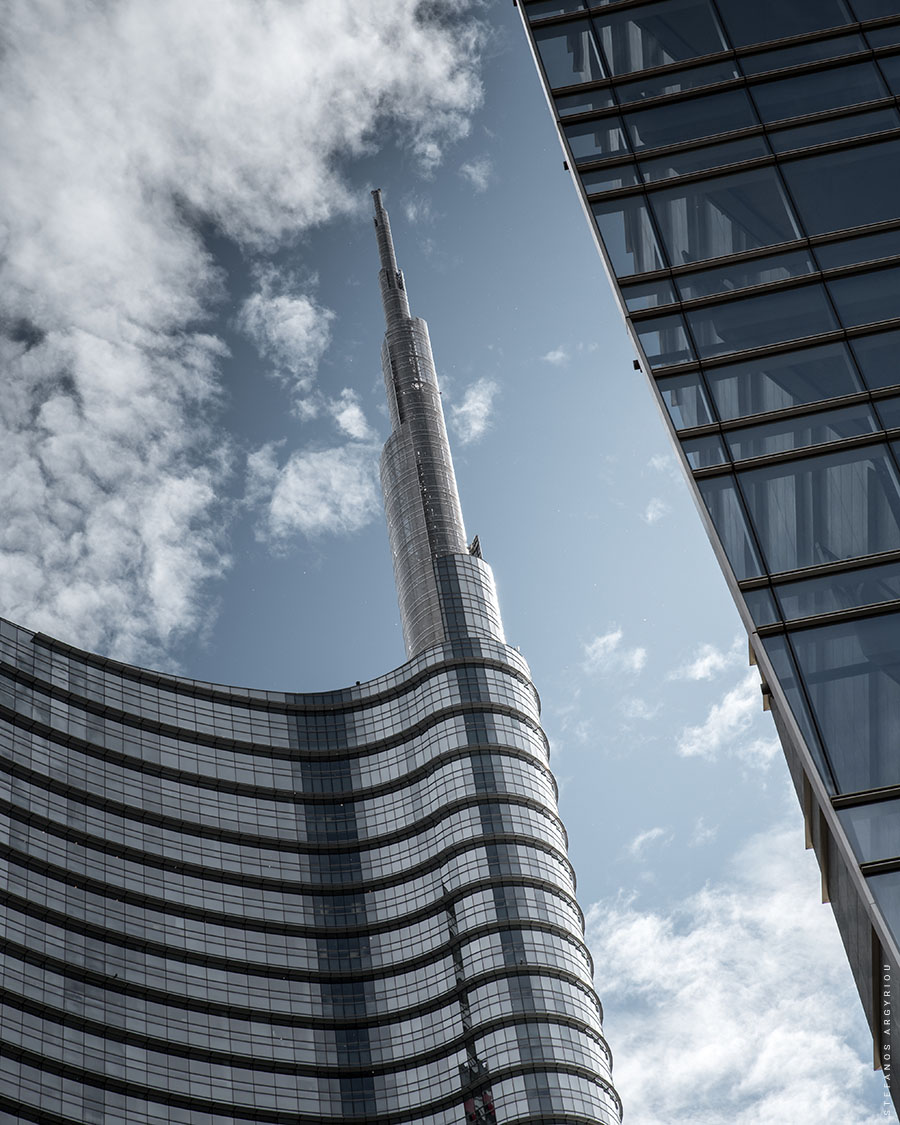
6) Prada Foundation (Fondazione Prada)
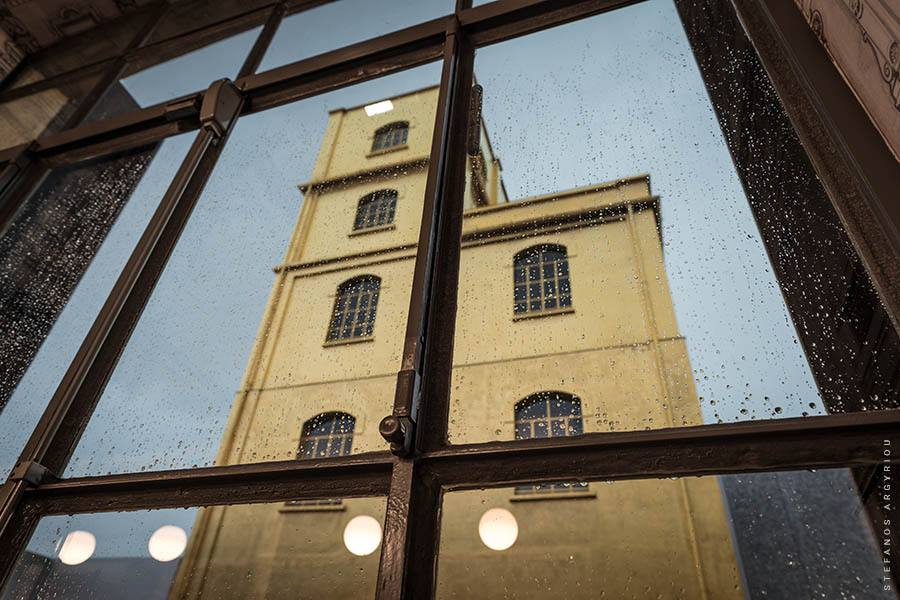
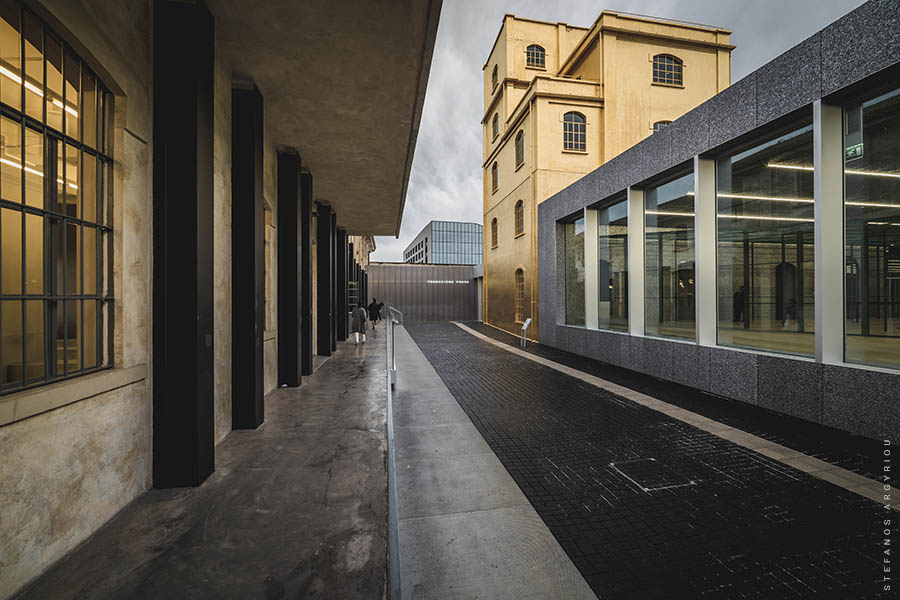
The Prada Foundation (Fondazione Prada) is an institution dedicated to the promotion of contemporary art and culture that was inaugurated in 1993 by Miuccia Prada and Patrizio Bertelli. In 2015, the foundation opened its new facilities in a former distillery in Milan (dating to the 1910s) that was converted into a permanent cultural complex.
The project combines preexisting buildings with new ones and it was designed by OMA, the international architectural firm, led by the famous Dutch architect Rem Koolhaas. The result was an impressive and innovative complex of altered post-industrial buildings, well organized open spaces, and new structures including a 60m high tower.
The Prada Foundation is hosting exhibitions and events in the fields of visual arts, cinema, architecture, philosophy and more. It also hosts a permanent collection with artworks from the 20th and 21st centuries. An additional attraction of the complex is Bar Luce, a wonderful café designed by the famous American film director Wes Anderson. Its interior will probably make you feel like you are in the setting of one of his movies.
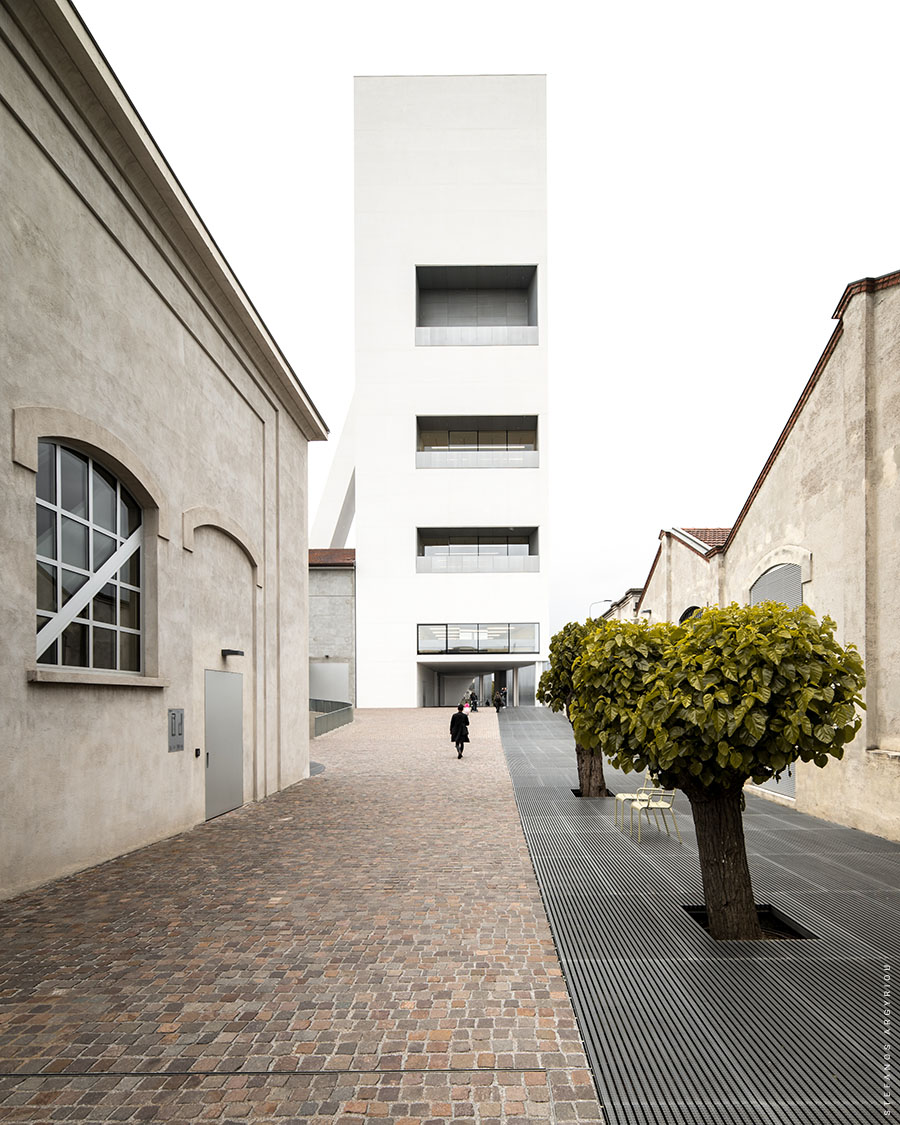
7) Navigli
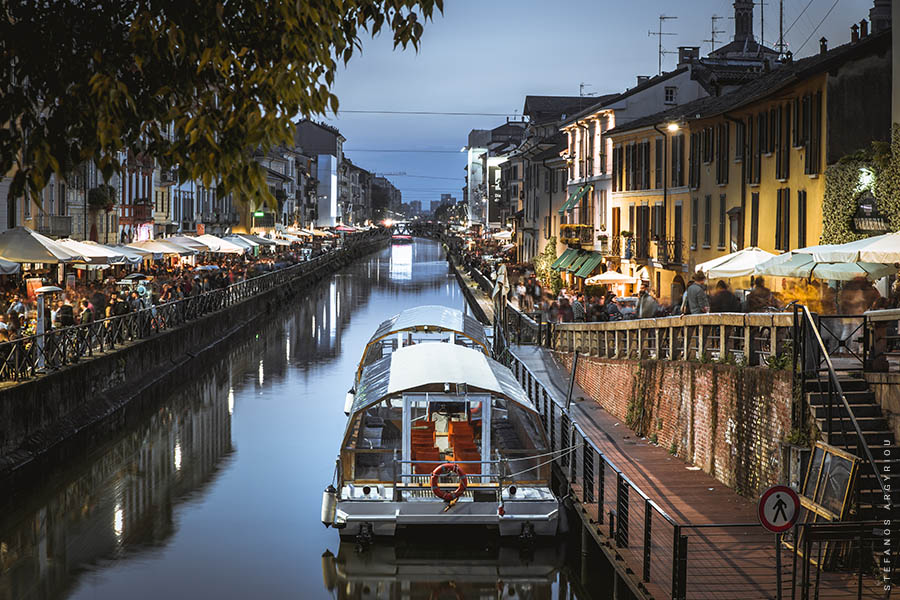
The Navigli district (the canals of Milan), is a lively and popular to tourists and locals area of the city with many nice restaurants, bars, and art galleries. The district gets full of people usually during the aperitivo hours and stays vibrant until late at night. It is an idyllic scenery with bridges, boats, old buildings, and street musicians creating a wonderful atmosphere especially during the warm months of the year. The area also gets beautifully decorated during the Christmas period.
The system of the canals was created between the 12th and 19th century connecting the city of Milan with the rivers and the lakes in the wider area of the city. It was initially created for irrigation purposes, however, it was also used for the transfer of goods and building materials. Of the five canals that used to exist, there are currently only two: Naviglio Grande and Naviglio Pavese. The former was used for the transfer of stone and marble for the construction of Milan Cathedral. Leonardo Da Vinci had also worked on the canals helping for their improvement.
8) Quadrilatero Della Moda
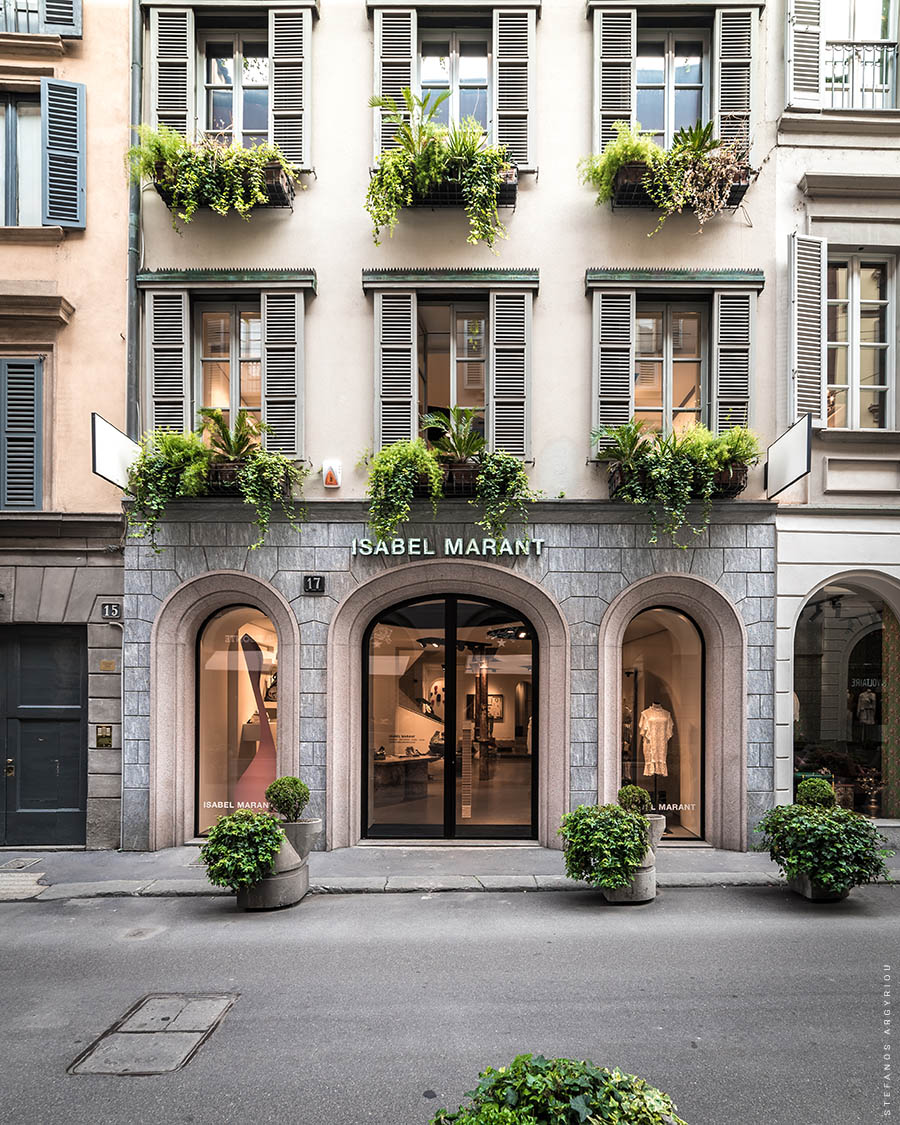
Quadrilatero Della Moda (meaning “The Square of Fashion”), is a luxury shopping district in the historic center of Milan (Centro Storico) with many boutiques, retail shops, and show-rooms that belong to the most renowned fashion brands in the world. The area is located just east of the Brera district and its limits are defined by Via Montenapoleone (the main street of the area), Via Manzoni, Via Della Spiga, and Corso Venezia. Other streets within the area are: Via Borgospesso, Via Santo Spirito, Via Gesù, Via Sant’Andrea, and Via Bagutta.
The architecture of the district is characterized by many elegant old buildings and historic mansions (palazzi). Some of them have been converted into quite interesting museums such as the Bagatti Valsecchi Museum and Palazzo Morando. In the area, there are also high-end restaurants, hotels, theaters, and shopping malls.
9) Santa Maria Delle Grazie And The Last Supper
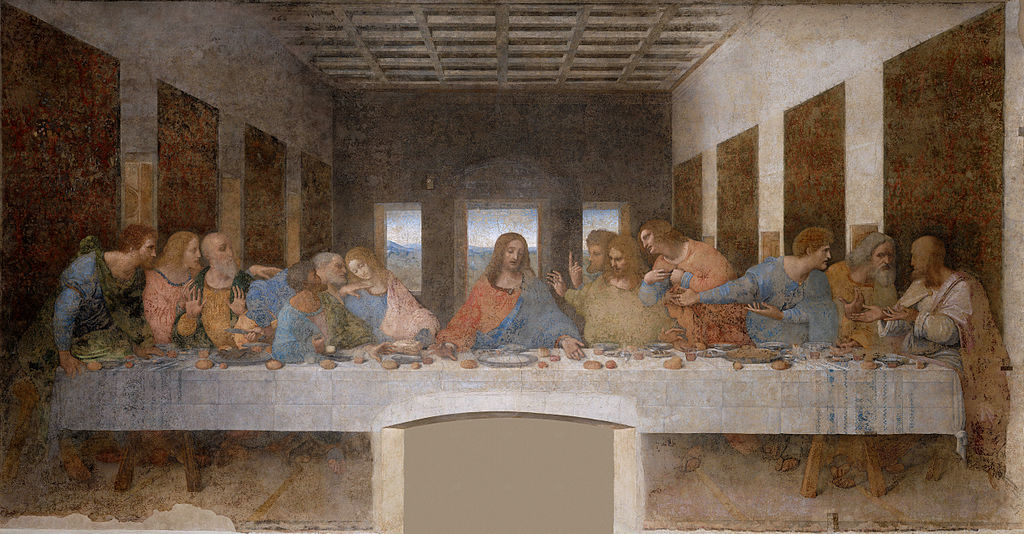
Santa Maria Delle Grazie (Saint Mary of Grace) is a church and Dominican convent, mostly known for The Last Supper, the famous mural of Leonardo da Vinci located in the refectory of the convent. Both the church and the mural are dated to the end of the 15th-century and they were ordered by the Sforza family. Since 1980, Santa Maria Delle Grazie is included in the list of the UNESCO World Heritage Sites (the only site in the list that is located in Milan).
The Last Supper (or “Cenacolo” in Italian) represents that intense moment after Jesus has said to his 12 disciples that one of them would betray him. The dimensions of the mural are 4.60m x 8.80m. Leonardo da Vinci, instead of painting the Last Supper with the traditional fresco technique on wet plaster, decided to create the mural on a dried wall – something that fitted best his style and, unlike the fresco technique, would allow him to modify the painting as he worked. Although the wall had been prepared and sealed with extra layers, this method became the reason for the poor condition of the mural that is constantly demanding maintenance and restoration.
To visit the Last Supper, you have to book your tickets at least 2 months in advance (they usually run out very fast) or you can join a guided tour for an extra cost. Every visit lasts 15 minutes with only 30 persons allowed per tour. Besides the Last Supper, the interior of Santa Maria Delle Grazie and the inner courtyard of the convent worth to be visited as well (they can be accessed for free during the opening hours of the church).
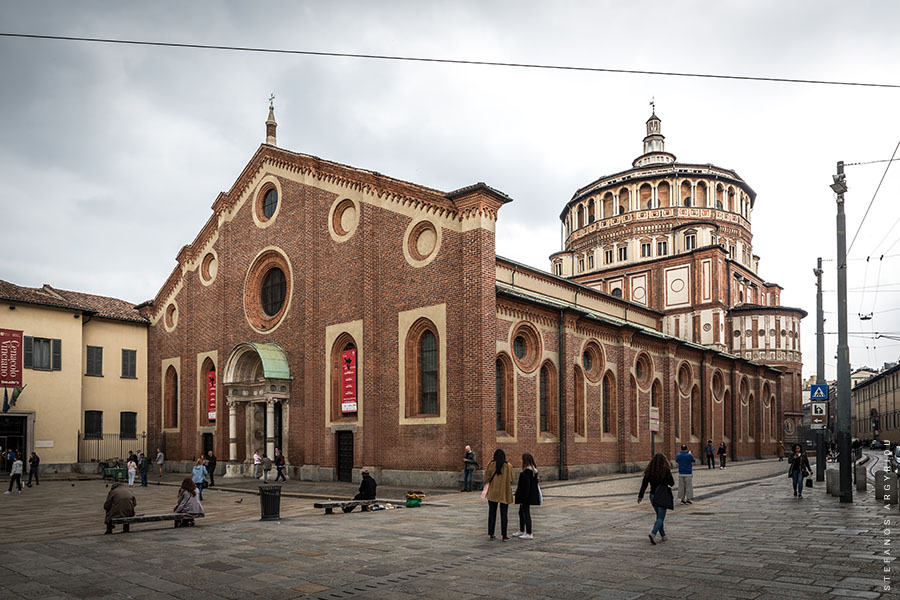
10) Sforza Castle (Castello Sforzesco)
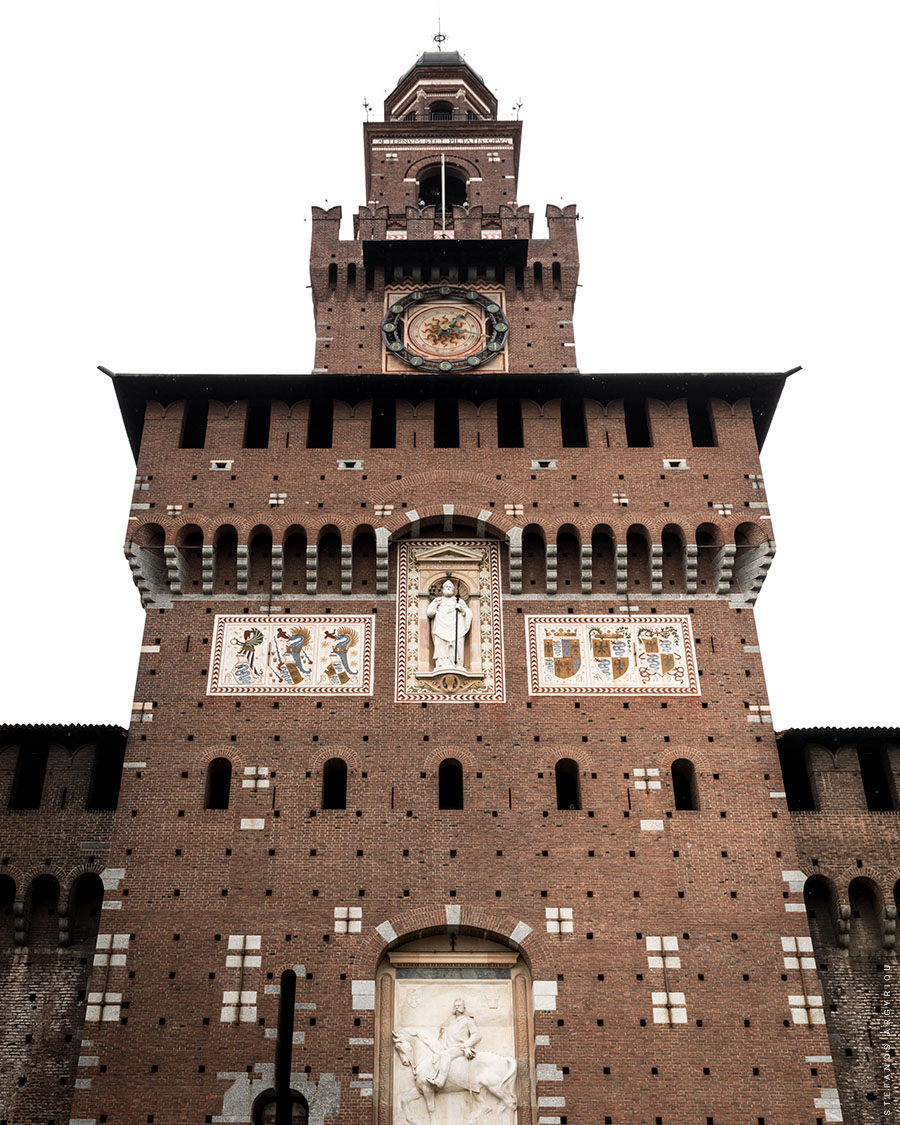
The Sforza Castle (Castello Sforzesco) is a 15th-century building complex that was used as a fortress and place of residence for the members of the Sforza family – the rulers of Milan during the Renaissance. Its construction began in 1452 in the place of an older castle of the Visconti family that had been destroyed. The castle was renovated and expanded in the 16th and 17th centuries and extensively rebuilt between 1891 and 1905. The main tower of the castle, the iconic Filarete Tower which had collapsed in 1521, was reconstructed during that same period. Filarete (Antonio di Pietro Averulino) was the first architect of the castle. His tower is considered one of the symbols of Milan.
The castle currently houses many civic museums, collections, and libraries with important historical archives. The entrance to the inner courtyard is free. To enter the interior of the building you will need to purchase a ticket that gives access to all the available museums. In the Sforza Castle, you can see artworks by Michelangelo (The Rondanini Pietà), Leonardo Da Vinci (Sala Delle Asse – if not closed for restoration), Mantegna, Bramantino and more.
11) Parco Sempione & Arco Della Pace
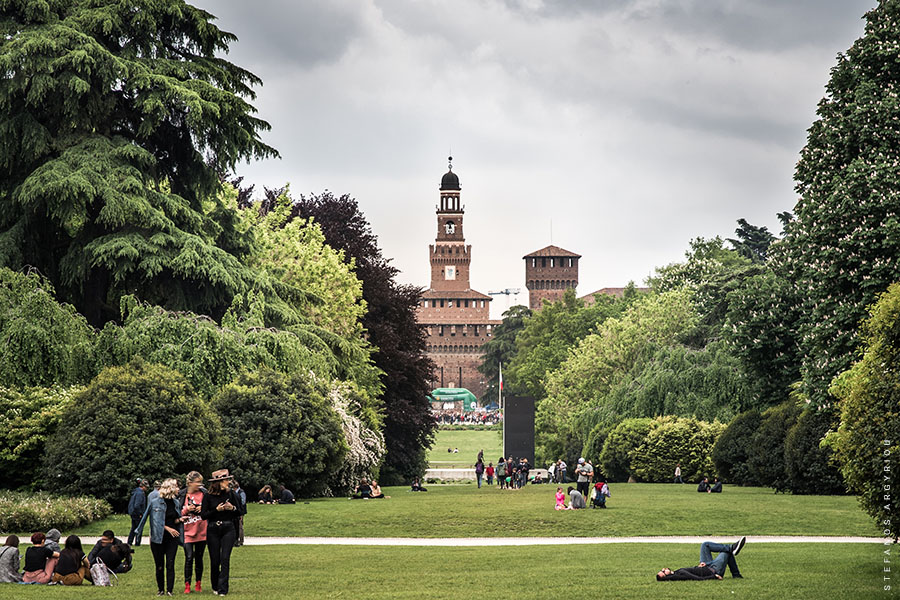
Parco Sempione is the largest park in Milan. It was designed by Emilio Alemagna, according to the stylistic approach of the English gardens, and it was completed in 1893. The park consists of thousands of plants and trees, vast areas of green lawns, an artificial lake, bridges, outdoor cafés, playgrounds, and more. The park expands between the Sforza Castle in the south and the triumphal Arch of Peace (Arco Della Pace) in the north.
The initial purpose of the arch was to celebrate Napoleon’s victories and its construction began in 1807. However, after Napoleon was defeated, it remained unfinished. The construction of the arch was resumed in 1826 and finally completed in 1838. Today, the area around Arco Della Pace is a popular place for nightlife and during the aperitivo hours, with many restaurants, bars, and cafés.
Other buildings located in Parco Sempione are the Branca Tower (a steel structure with a viewing platform, 108m high), the Triennale Museum (dedicated to Italian architecture, design, and art), the Parco Sempione Library, the Civic Aquarium, and the Arena Civica Stadium.
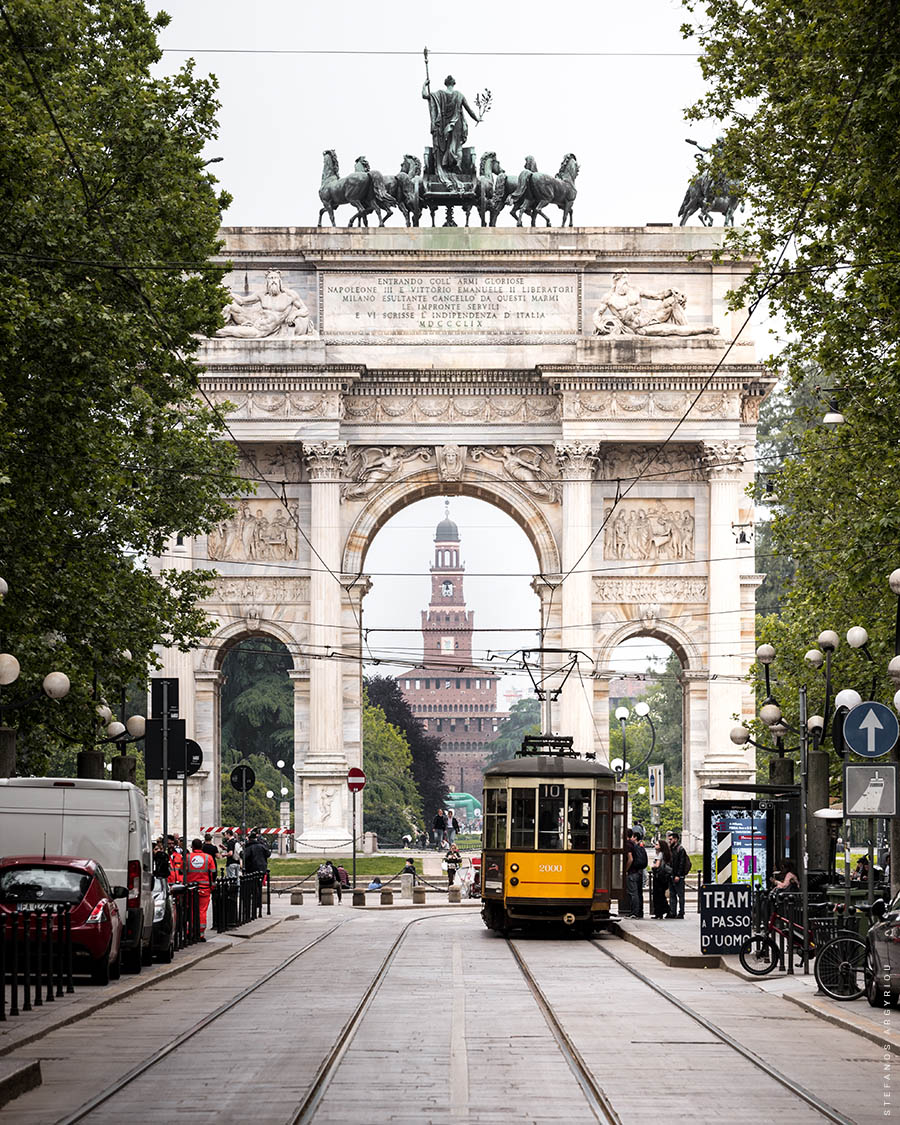
12) Milan CityLife District (Tre Torri)

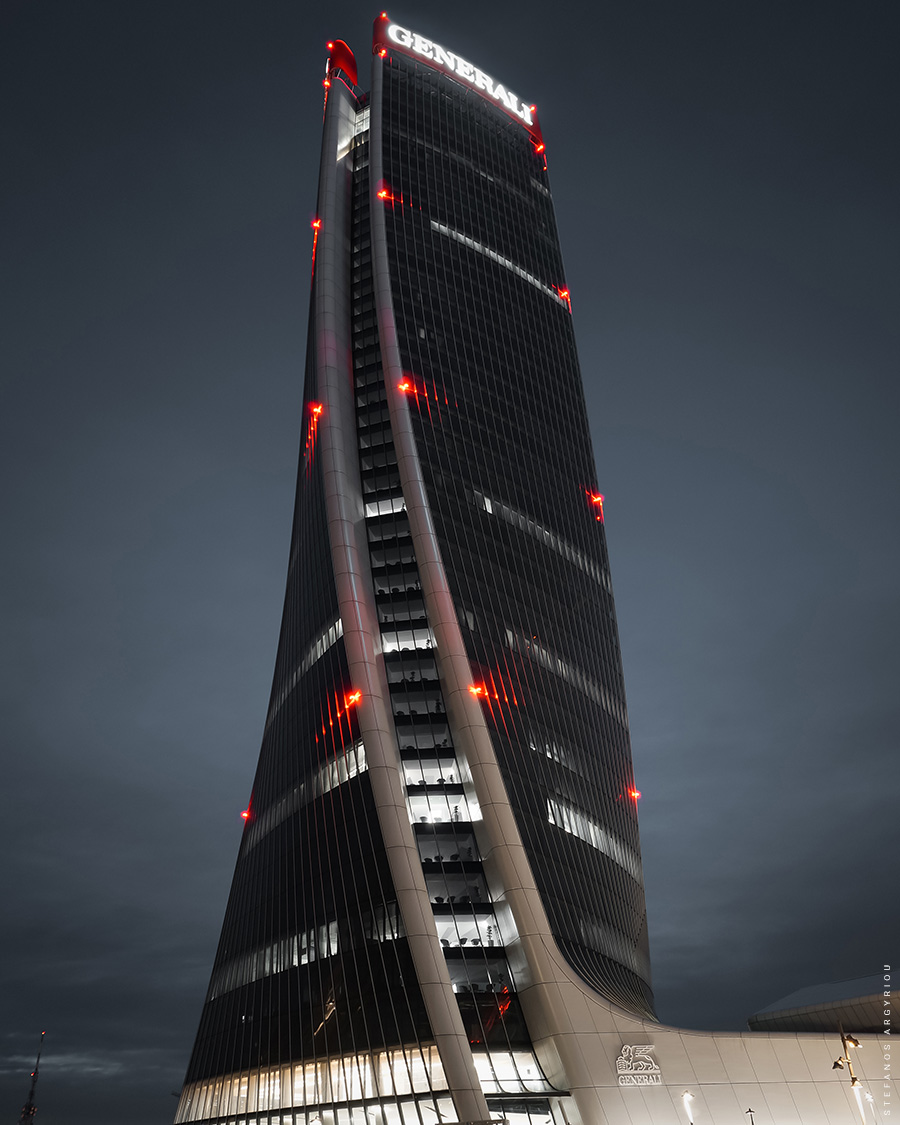
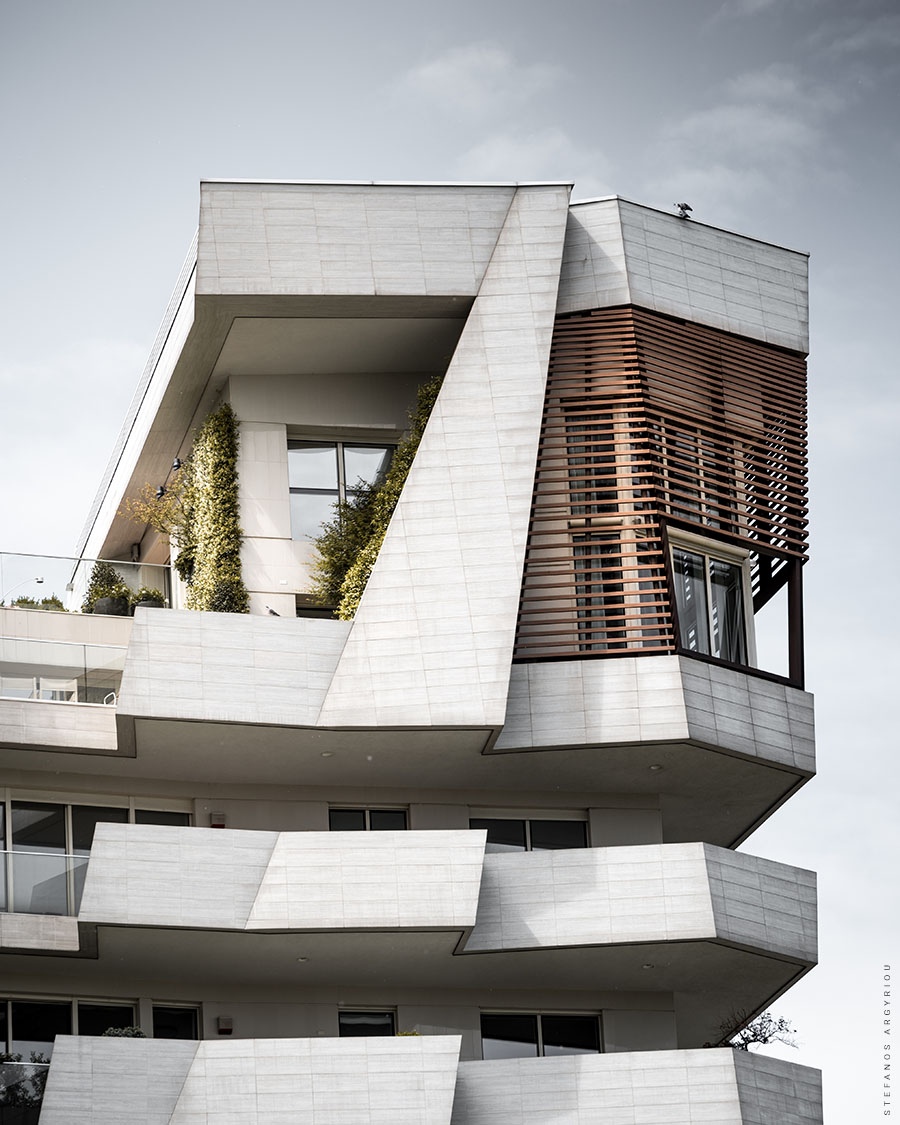
CityLife is a new commercial, business, and residential district located in the neighborhood of Fiera, northwest of Parco Sempione. The district was created as a redevelopment project after the largest part of the Fieramilanocity Trade Fair was relocated outside the city in 2005. The CityLife project was designed by the world-renowned architects Daniel Libeskind, Arata Isozaki and the late Zaha Hadid. Its construction started in 2009. CityLife, together with Porta Nuova, are two of the most contemporary and architecturally advanced centers in Milan.
The CityLife district is dominated by 3 skyscrapers:
1) The straight tower, designed by Arata Isozaki (Allianz Tower),
2) The twisted tower, designed by Zaha Hadid (Generali Tower), and
3) The curved tower, designed by Daniel Libeskind (still under construction).
The skyscrapers are organized around a square (Piazza Tre Torri) from which there is access to the Metro line 5, and to a large shopping mall at the base of the Generali Tower with many fashion shops, movie theaters and an impressive vast area full of restaurants. In the area, there are also two residential complexes (designed by Hadid and Libeskind), large parks and several art installations.
Either you are interested in leading contemporary architecture, or shopping and leisure, CityLife is a great place to visit.
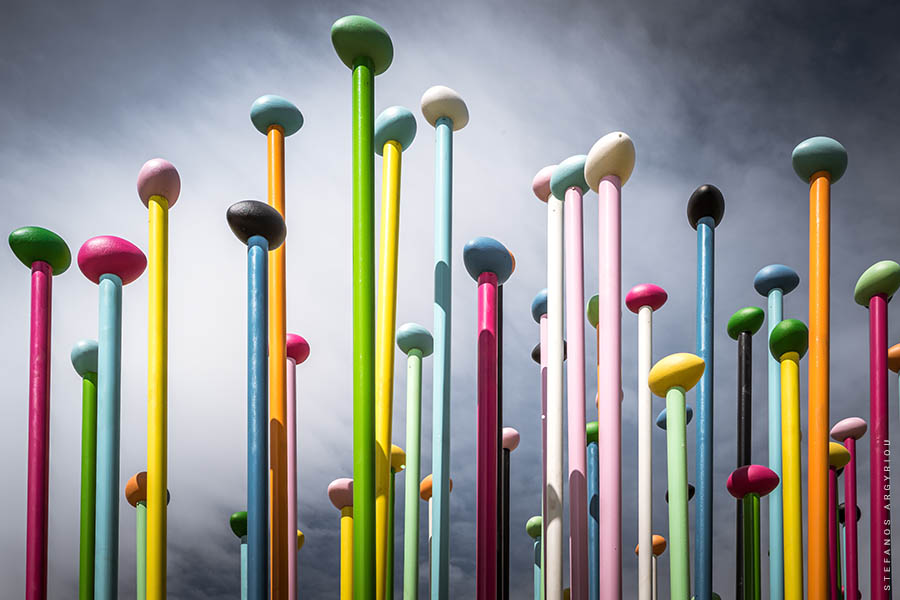
MORE SUGGESTIONS
There are many more things to see and do in Milan. Here you can find 13 more suggestions that would complete our list with the Top 25 Attractions in Milan:
MUSEUMS:
- Museo del Novecento, a museum dedicated to 20th-century art which also offers a great view to Milan Cathedral and Piazza di Duomo
- Palazzo Reale, the former Royal Palace of Milan, now hosting collections and exhibitions of contemporary art
- Museo Nazionale Scienza e Tecnologia “Leonardo da Vinci”, a must for anyone interested in science and the work of Leonardo Da Vinci as an engineer
- Pinacoteca Ambrosiana, housing a permanent collection of fine paintings (by Leonardo da Vinci, Caravaggio, Raphael, Botticelli, Brueghel), sculptures, etchings, and drawings
- Museo delle Culture (MUDEC), a contemporary museum in the area of a former industrial park, dedicated to the interdisciplinary research on the world cultures
- Pirelli HangarBicocca, a former industrial plant converted into an exhibition space for producing and promoting contemporary art.
- Basilica of Sant Ambrogio, a 4th-century church, one of the oldest and finest in Milan
- Basilica of San Lorenzo Maggiore, built between the 4th and the early 5th century (located across the Roman columns of San Lorenzo)
- San Maurizio al Monastero Maggiore, also known as “The Cappella Sistina of Milan” for its wonderful 16th-century frescoes.
HISTORIC PLACES:
- Piazza Mercanti, the central square of Milan in the Middle Ages
- Columns of San Lorenzo, a lively square with 16 impressive ancient columns that stand in the same place since the 4th century (probably reused from an even older Roman building).
- 10 Corso Como, a multifunctional cultural space, fashion shop, art gallery, bookstore and café
- Armani/Silos, an exhibition space created by the famous fashion designer Giorgio Armani.
MILAN NEARBY DESTINATIONS
Bergamo, Turin and Lake Como are three of the most popular nearby destinations for a day trip from Milan. All three of them can be easily reached by train from Milan in less than an hour (including Turin with an express train), or by bus. Varenna and Bellagio, on the shores of Lake Como, are two of the most beautiful villages in Italy. The lake can be reached by train from Milan Central Station towards the city of Como or towards the village of Varenna. From there you can take a boat to other nearby villages or take a cruise that goes around the whole lake.
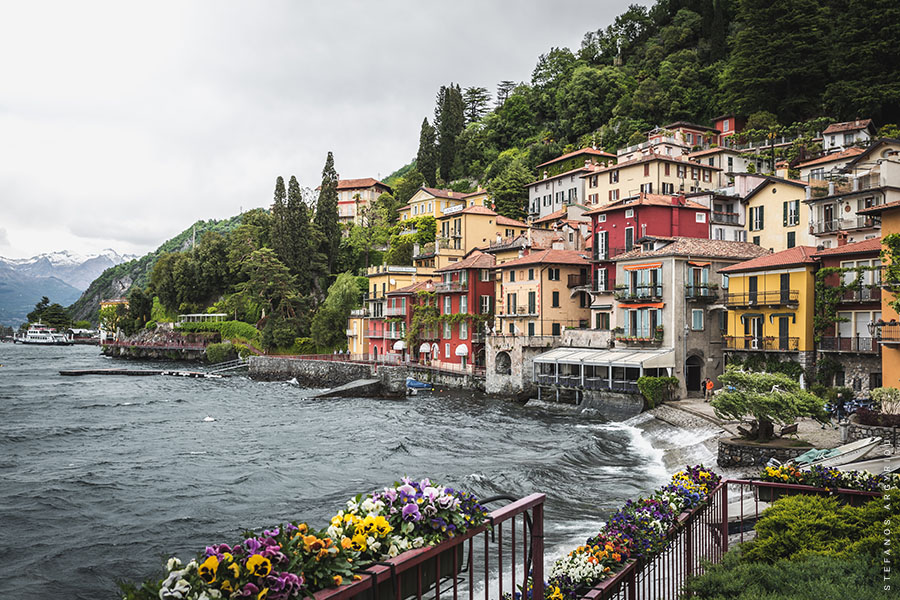
Bergamo is an old, charming and relatively small fortified city in the region of Lombardy, while Turin is a large historic city in the region of Piedmont, built on the western bank of the Po River. The population of Turin’s urban area is 1.7 million citizens. Both cities are full of beautiful buildings that belong to the Renaissance, Baroque and other styles of old European architecture. Bergamo and Turin are also home of UNESCO World Heritage Sites: the Venetian fortifications in Bergamo, the Residences of the Royal House of Savoy in Turin, and Ivrea, the Industrial City of the 20th Century, also in Turin.


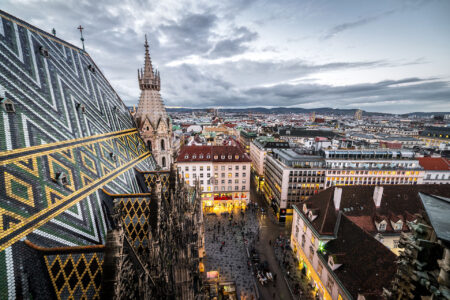

Like!! I blog quite often and I genuinely thank you for your information. The article has truly peaked my interest.